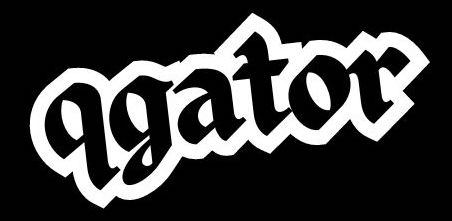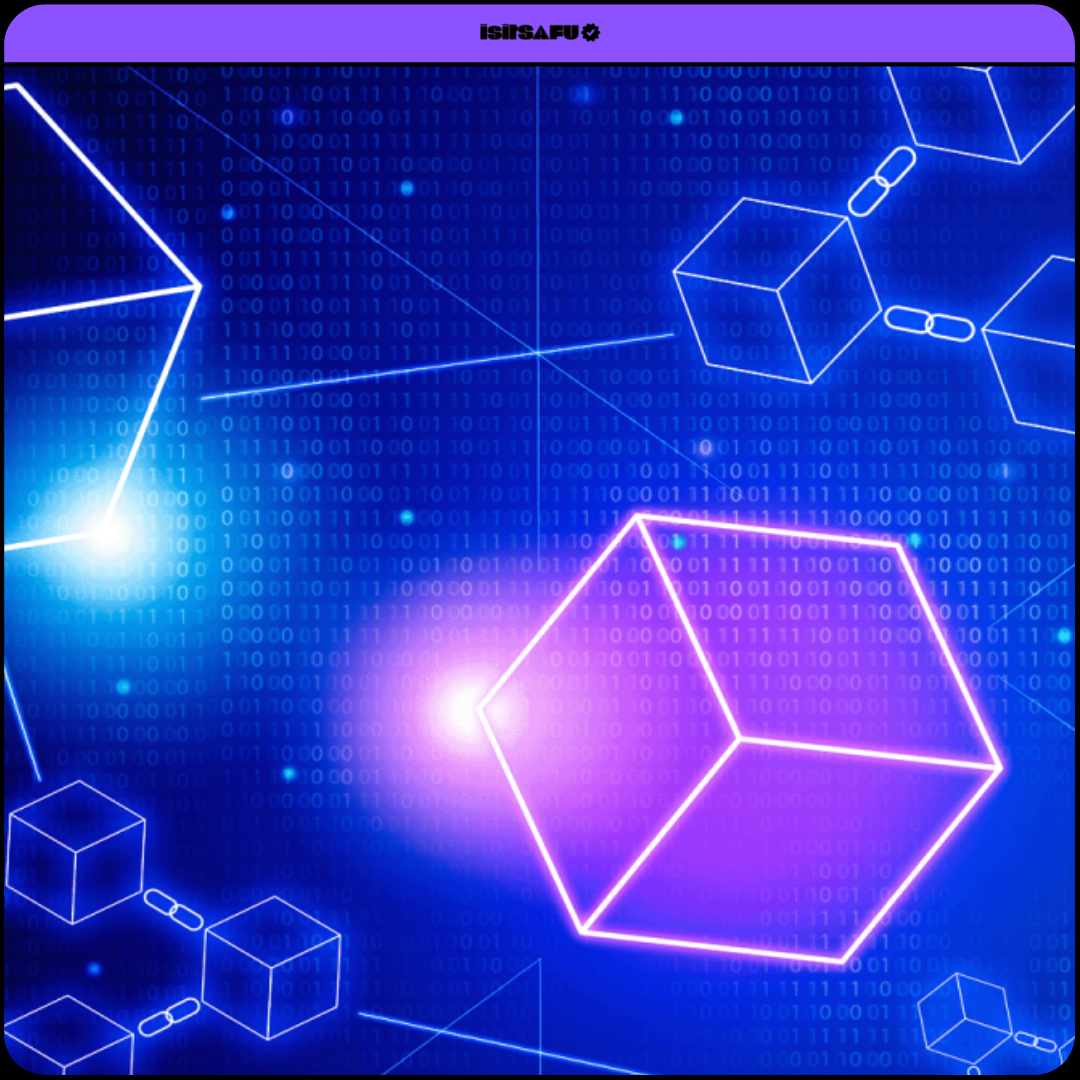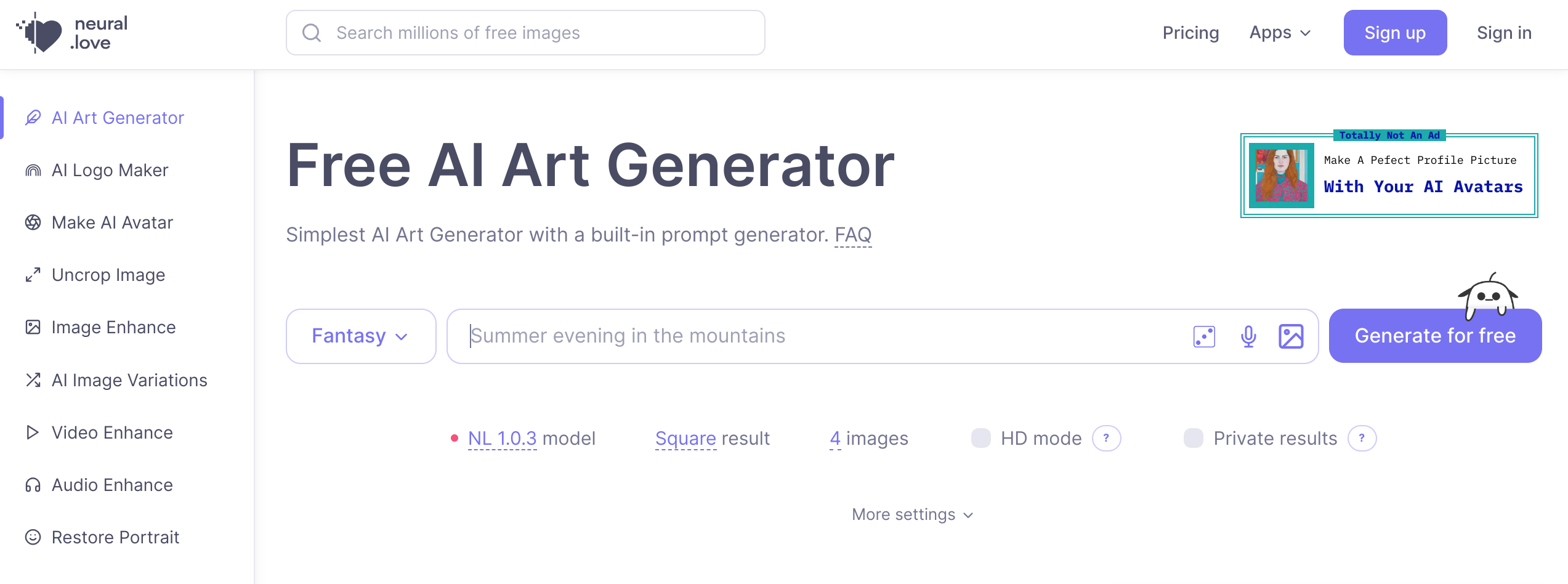I. Introduction
Blockchain technology has been around for over a decade, with its most well-known use case being the cryptocurrency Bitcoin. However, the potential applications of blockchain technology extend far beyond digital currencies. In recent years, we have seen blockchain technology being used in a variety of industries, from supply chain management to healthcare. As we look to the future of blockchain technology, there are several trends that are worth watching.
II. Overview of Blockchain Technology
Blockchain technology is a decentralized ledger that records transactions on a network of computers. Each block in the chain contains a hash of the previous block, timestamp, and transaction data. Once a block is added to the chain, it cannot be altered or deleted, making it highly secure.
III. Current State of Blockchain Technology
While blockchain technology has shown great promise, it is still in its early stages of development. The most widely adopted use case for blockchain technology is still cryptocurrency, with Bitcoin and Ethereum being the most popular. However, blockchain technology is being explored for a variety of other applications, including supply chain management, healthcare, and voting systems.
IV. Future Trends in Blockchain Technology
A. Decentralized Finance (DeFi)
Decentralized Finance, or DeFi, is a movement that seeks to create a decentralized financial system that is not controlled by centralized institutions. DeFi applications are built on blockchain technology and allow users to access financial services without intermediaries. Some of the most popular DeFi applications include decentralized exchanges, lending platforms, and stablecoins. As DeFi continues to grow, we can expect to see more innovation in the space, including the development of more sophisticated financial instruments.
B. Central Bank Digital Currencies (CBDCs)
Central Bank Digital Currencies are digital versions of fiat currency that are issued and backed by central banks. CBDCs are being explored by governments around the world as a way to modernize their financial systems and increase financial inclusion. Blockchain technology is well-suited for the development of CBDCs because it allows for secure and transparent transactions.
C. Non-Fungible Tokens (NFTs)
Non-Fungible Tokens, or NFTs, are unique digital assets that are stored on a blockchain. NFTs have been popularized by the recent boom in digital art and collectibles. However, NFTs have the potential to be used in a variety of other applications, including ticketing systems, gaming, and identity verification.
D. Interoperability
Interoperability refers to the ability of different blockchain networks to communicate with each other. Currently, most blockchain networks are siloed, meaning they operate independently of each other. Interoperability would allow for seamless communication between different blockchain networks, enabling more complex applications and use cases.
E. Increased Adoption in Traditional Industries
As blockchain technology matures, we can expect to see more adoption in traditional industries such as finance, healthcare, and supply chain management. This adoption will be driven by the increased understanding of the benefits of blockchain technology, as well as improvements in scalability and interoperability.
F. Green Blockchain
Blockchain technology is often criticized for its high energy consumption. However, there are efforts underway to make blockchain technology more environmentally sustainable. Green blockchain refers to the use of renewable energy sources to power blockchain networks. There are also efforts to develop more energy-efficient consensus algorithms, which are the mechanisms used to verify transactions on a blockchain network.
V. Challenges to the Future of Blockchain Technology
While the potential of blockchain technology is exciting, there are also several challenges that must be addressed for it to reach its full potential. One major challenge is scalability, as current blockchain networks can only handle a limited number of transactions per second. Another challenge is interoperability, as different blockchain networks operate independently of each other. Additionally, there are concerns around security and regulation, as the decentralized nature of blockchain technology makes it difficult to regulate.
VI. Conclusion
As blockchain technology continues to mature, we can expect to see more innovation and adoption in a variety of industries. From decentralized finance to central bank digital currencies, there are many exciting trends to watch in the coming years. However, there are also several challenges that must be addressed for blockchain technology to reach its full potential. As we move forward, it will be important to balance innovation with practical considerations such as scalability, interoperability, security, and regulation.

















